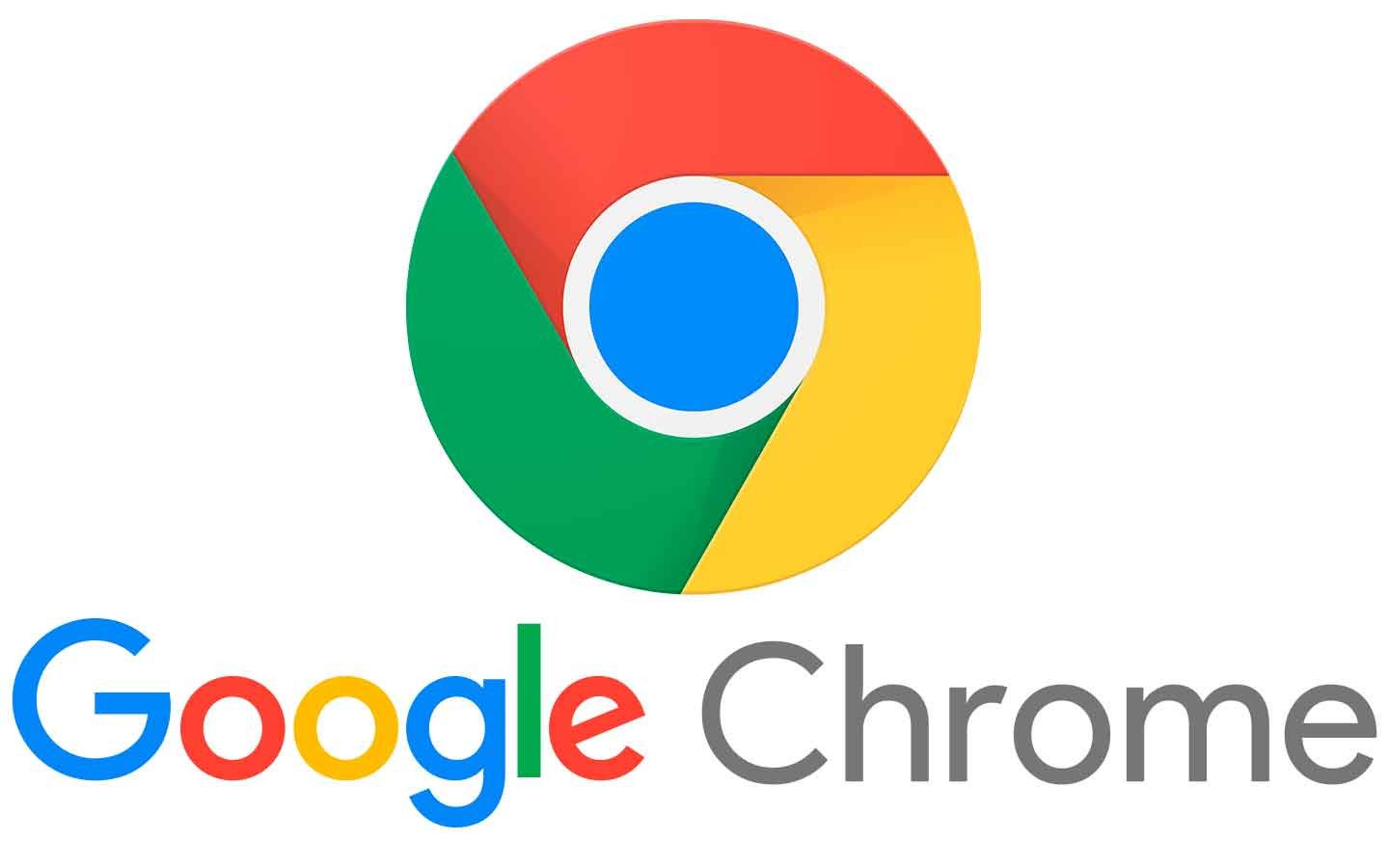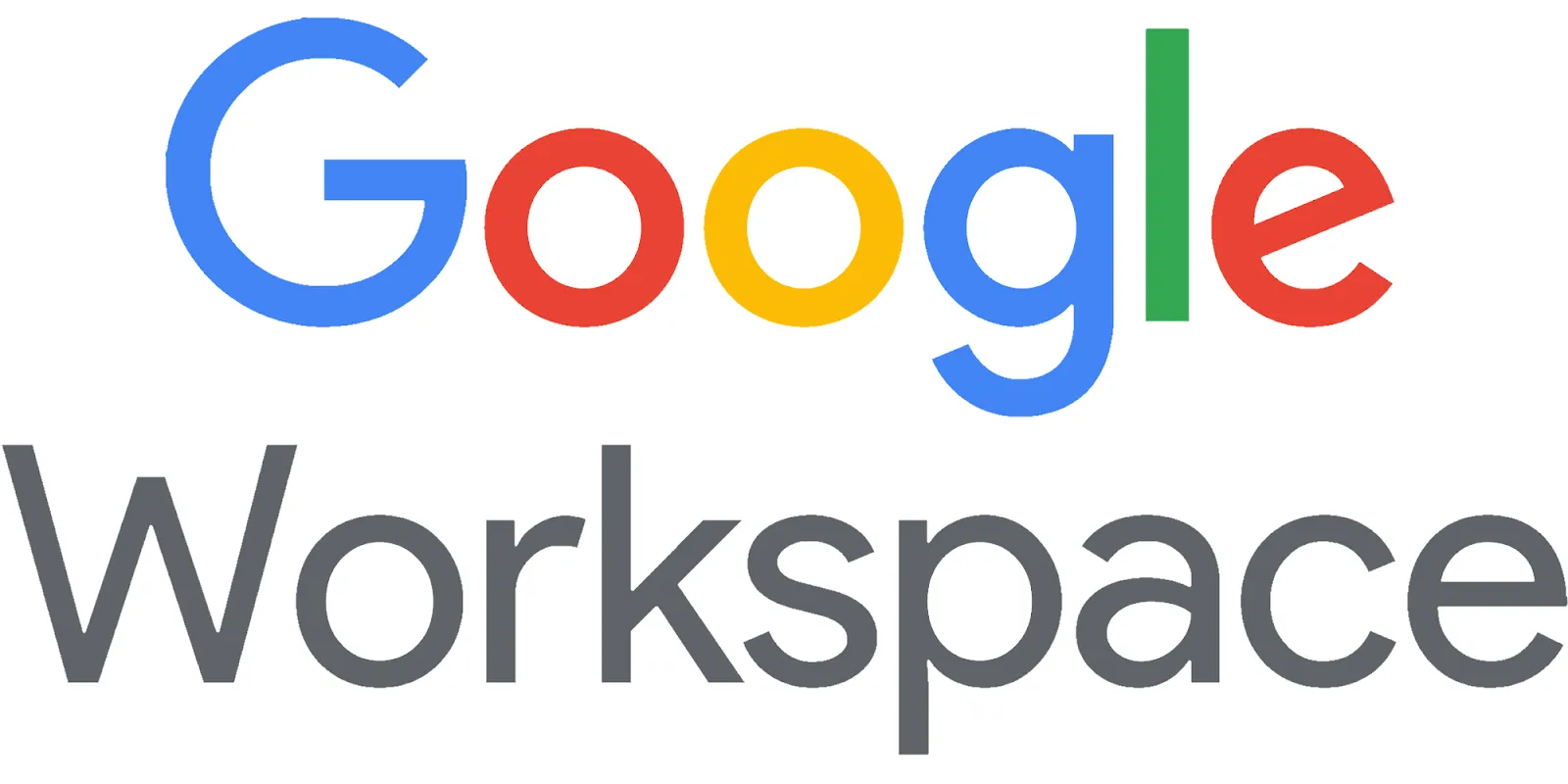How to Prevent Google Bots from Accessing Pages with m=1 and m=0 Parameters on Blogger

How to Prevent Google Bots from Accessing Pages with m=1 and m=0 Parameters on Blogger
On Blogger, managing how search engines interact with your site is crucial for maintaining SEO performance and preventing the indexing of unwanted content. One common issue is controlling the access of Google bots to pages with URL parameters such as m=1 and m=0. This article provides a comprehensive guide on how to block Google bots from accessing these pages effectively on your Blogger site.
Understanding Google Bot Parameters
Google bots use URL parameters to navigate and index your site. Parameters like m=1 and m=0 might be used for various purposes such as tracking or toggling content. However, if these parameters lead to duplicate or irrelevant content, it is essential to manage their access to prevent SEO issues.
Methods to Block Google Bots from m=1 and m=0 Parameters on Blogger
1. Use Robots.txt in Blogger
Blogger does not allow direct modification of the robots.txt file. However, you can add a custom robots.txt file to control how search engines crawl your blog. To block access to URLs with m=1 and m=0 parameters, you need to set up your custom robots.txt file. Here’s how:
- Go to your Blogger dashboard.
- Select your blog and go to Settings.
- Scroll down to Search Preferences and click on Edit next to Custom robots.txt.
- Enable the custom robots.txt file and add the following rules:
User-agent: *
Disallow: /*?m=1
Disallow: /*?m=0
This will instruct all bots not to crawl any URL with the parameters m=1 or m=0.
2. Use Meta Robots Tags on Individual Posts
For more granular control, you can use meta robots tags on individual posts. While Blogger does not natively support meta robots tags for individual posts, you can use a workaround by adding custom HTML code to the head of your posts:
- While editing a post, switch to the HTML view.
- Add the following meta tag inside the
<head>section of the HTML:
<meta name="robots" content="noindex,nofollow">
This tag prevents search engines from indexing the post and following any links within it.
3. Manage URL Parameters with Google Search Console
Although Blogger’s URL parameters cannot be managed directly through the platform, you can use Google Search Console to specify how Google should handle URL parameters:
- Log in to Google Search Console.
- Select your property and go to the URL Parameters tool.
- Add parameters such as
mand configure their handling according to your preferences.
Keep in mind that changes in Google Search Console may take some time to be reflected in how Google crawls and indexes your site.
4. Use Canonical Tags to Avoid Duplicate Content
If the m=1 and m=0 parameters create duplicate content, consider using canonical tags to specify the preferred version of your pages. Unfortunately, Blogger does not allow direct addition of canonical tags in its default settings. You may need to use custom widgets or HTML templates to implement this.
Additional Tips for Managing Bot Access on Blogger
- Regularly Review Custom Robots.txt: Ensure your custom robots.txt settings are up-to-date and align with your SEO strategy.
- Monitor Crawling and Indexing Reports: Use Google Search Console to track how Google crawls and indexes your Blogger site.
- Stay Updated with SEO Best Practices: Keep informed about SEO updates and adapt your strategies accordingly.
By following these methods, you can effectively manage Google bot access to pages with m=1 and m=0 parameters, helping to maintain better control over your site’s indexing and SEO performance. For more tips on managing your Blogger blog and SEO, subscribe to our blog for the latest updates and advice!










Comments
Post a Comment